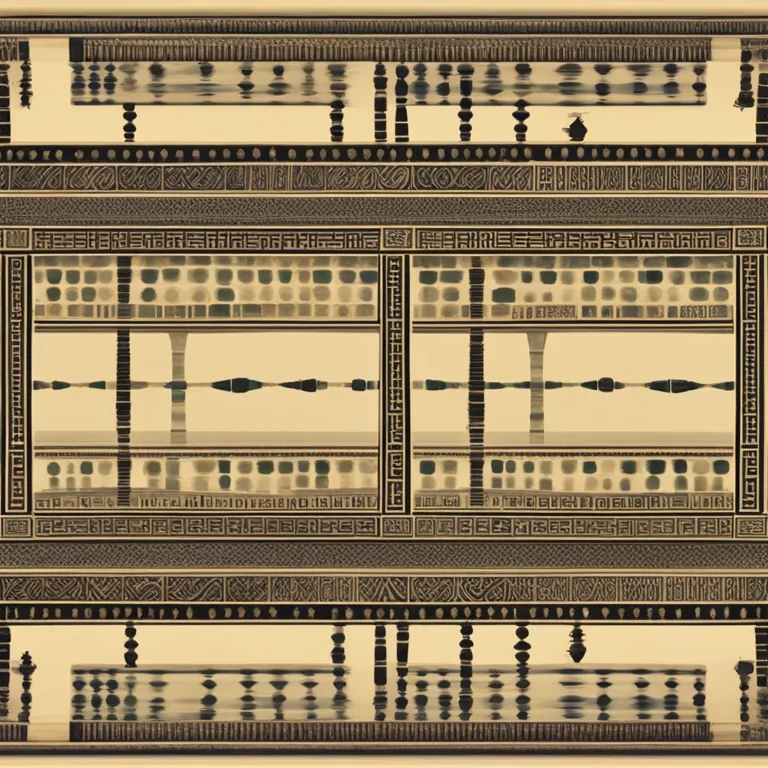
The Origins of Palmistry: Tracing Its Historical Roots
Discover the ancient beginnings and influential figures in the history of palmistry, the art of reading one's destiny through the lines of the hand.
article by Nora Pennington
The Mystery of Palmistry's Inception
Tracing the origins of palmistry, or chiromancy, leads us deep into antiquity, where divinatory practices were intertwined with the spiritual beliefs of civilizations. The earliest records suggest palmistry may have originated in ancient India, with later influences from Chinese astrology. It was further shaped by the cultural exchange along trade routes like the Silk Road, where ideas and practices were shared and evolved. As it stands, palmistry lacks a single credited inventor, instead emerging as a collective work of ancient wisdom and observation handed down through generations.

Cultural Bridges and Ancient Texts
One of the seminal texts thought to shape palmistry is the 'Vedas,' which includes mentions of hand reading practices dating back thousands of years. Greek scholars like Anaxagoras and Aristotle also showed interest in the lines of the hand, with Aristotle's works allegedly influencing Alexander the Great to bring these teachings to the Western world. In absence of a sole inventor, figures like these contributed to palmistry's foundations, nurturing it with their observations and insights.

The Foundations in the Middle Ages
During the Middle Ages, palmistry's practice ebbed and flowed with societal attitudes towards mysticism. Although often condemned as superstitious or heretical, its practice persisted via underground networks of diviners and fortune tellers. The Renaissance period, heralding a rebirth of knowledge, saw a resurgence in the interest in palmistry as part of a renewed curiosity in the esoteric studies.

Modern Palmistry's Pioneers
As for the modern form of palmistry we recognize today, it was significantly advanced by figures like Captain Casimir Stanislas D'Arpentigny and William John Warner, also known as Cheiro. These individuals published seminal works in the 19th and early 20th centuries that comprehensively categorized hand shapes and lines, laying a foundation for contemporary palmistry practice.

Contemporary Palmistry
The present state of palmistry reflects a blend of its storied past and its embracing of new-age spiritualism. It's considered a pseudoscience by the scientific community, but for enthusiasts and spiritual seekers, the practice remains a popular method for introspection and guidance. Modern palmists often integrate psychology, holistic healing, and personal counseling into their readings, both respecting ancient traditions and meeting contemporary needs.
The Ongoing Evolution of Palmistry
As we move further into the 21st century, palmistry continues to evolve, integrating with technology such as biometric analysis and algorithm-based app readings. Palmistry may not have a clear-cut inventor, but its journey through history exemplifies a constantly evolving narrative, shaped by countless unnamed individuals driven by a desire to understand life's mysteries through the human hand.
Published: 1/3/2024
Modified: 1/3/2024
More predictions
Come back here soon to learn more about yourself and your future


Palmistry Guide: First Steps in Hand Analysis
Embark on a journey into palmistry with our beginner's guide, mastering the essentials of palm reading for insights into personality and destiny.


The Language of Palmistry Fingers: A Comprehensive Guide
Delve into the significance of fingers in palmistry and what they reveal about our personalities and futures